15 Restorative Stretching Workouts to Improve Flexibility
Flexibility isn’t just for gymnasts or yogis—it’s for everyone. Whether you’re hunched over a computer, recovering from a long day, or simply looking for a gentle way to move your body, restorative stretching can work wonders. These low-impact movements aren’t just about touching your toes—they’re about releasing tension, increasing mobility, and nourishing your body and mind.A consistent stretching routine has been linked to better posture, fewer injuries, and reduced aches and pains. According to the Mayo Clinic, stretching increases blood flow to the muscles, improves performance in physical activities, and can even help manage stress. And the best part? It doesn’t take hours or special equipment. Just a little time, a soft surface, and your breath.In this article, we’ll explore 15 restorative stretches that are perfect for all levels. Each one is designed to gently open your body, boost your range of motion, and help you feel refreshed from the inside out. Ready to loosen up and feel good? Let’s begin.
1. Reclining Bound Angle Pose (Supta Baddha Konasana)
This relaxing pose gently opens your hips, groin, and inner thighs while promoting deep breathing and emotional calm.Start by lying on your back. Bring the soles of your feet together and let your knees fall apart to the sides. You can place pillows or yoga blocks under your knees for extra support. Rest your hands on your belly or at your sides.This stretch is ideal for anyone looking to unwind. It promotes pelvic mobility and is especially helpful after a long day of sitting or standing. Focus on slow, even breaths, and hold the pose for 1–3 minutes to enjoy its full calming effect.
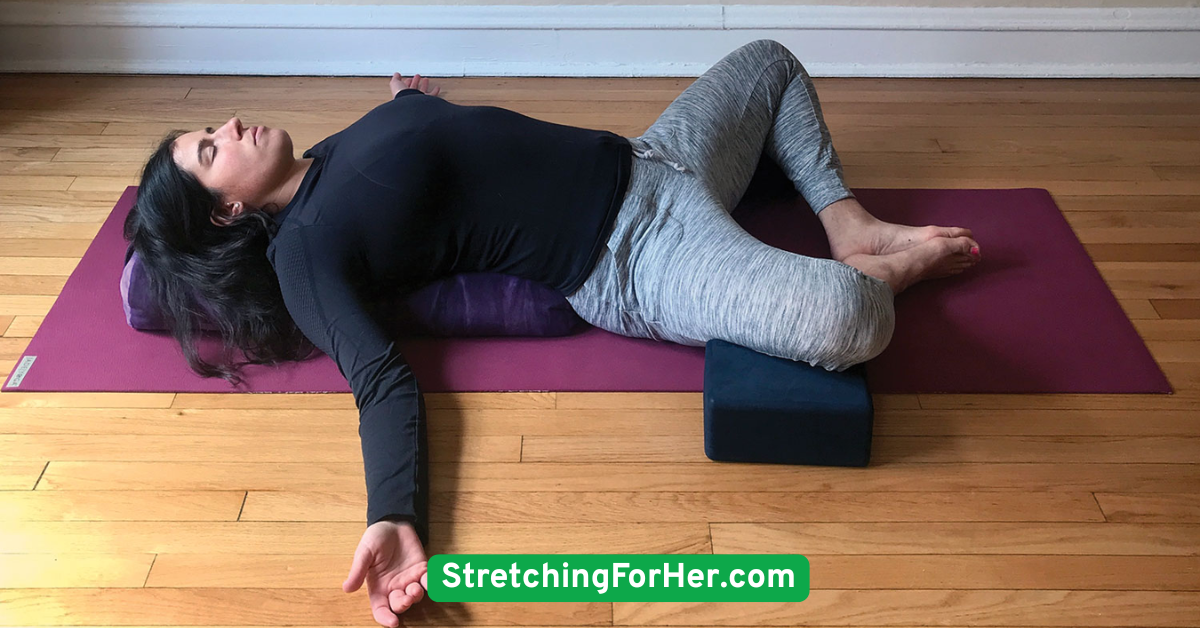
2. Seated Forward Fold (Paschimottanasana)
A classic hamstring and lower back stretch that encourages introspection and stillness.Sit on the floor with your legs extended. Inhale to lengthen your spine, and exhale as you hinge at the hips, folding forward over your legs. You don’t have to touch your toes—just go as far as you comfortably can.This stretch is wonderful for lengthening the entire back body. It also soothes the nervous system and helps quiet a racing mind. Use a strap or towel around your feet if flexibility is limited. Hold for 30–60 seconds and breathe deeply.
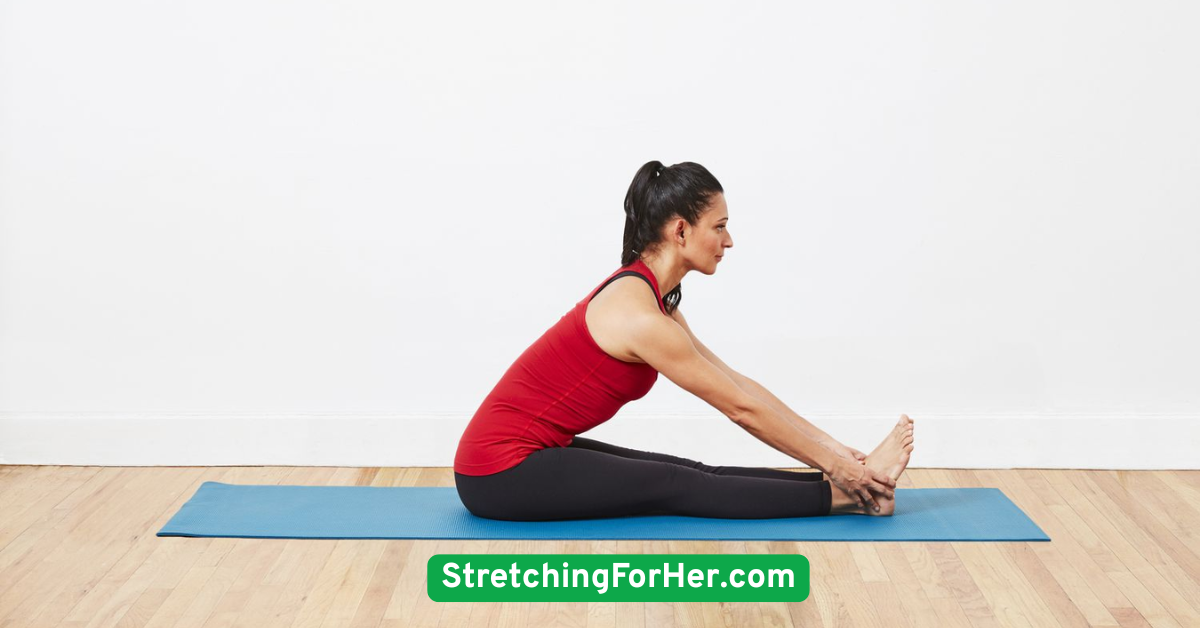
3. Supine Hamstring Stretch with Strap
Gentle yet effective, this stretch targets tight hamstrings and eases lower back tension.Lie on your back and extend one leg straight up. Use a strap, towel, or belt around the ball of your foot. Gently pull the leg toward you, keeping the other leg bent or extended on the ground.This pose improves leg flexibility and circulation, making it a must for those with sedentary jobs. Aim to hold each side for 30–45 seconds while maintaining steady breathing.
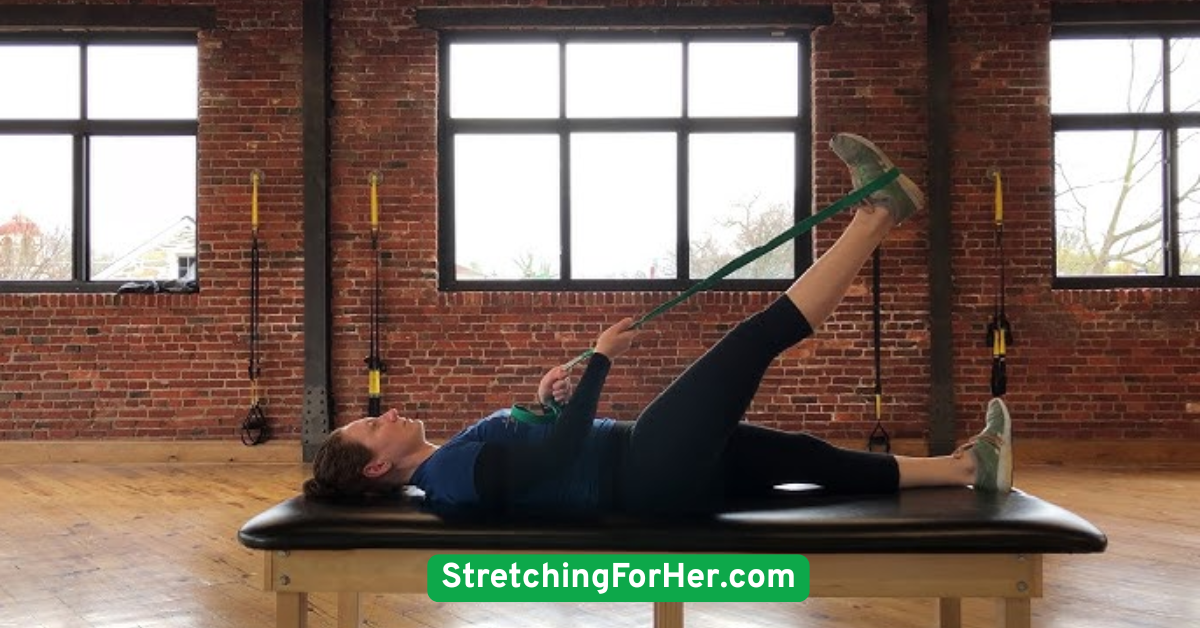
4. Thread the Needle Stretch
Ideal for opening the upper back and relieving shoulder tension.Begin in a tabletop position. Slide your right arm underneath your left arm, resting your right shoulder and temple on the mat. Extend your left arm forward or rest it on your back.This pose gently twists the spine and stretches the shoulders, creating space in the upper body. It’s particularly helpful after a day spent at a desk or driving. Hold for 45–60 seconds on each side.
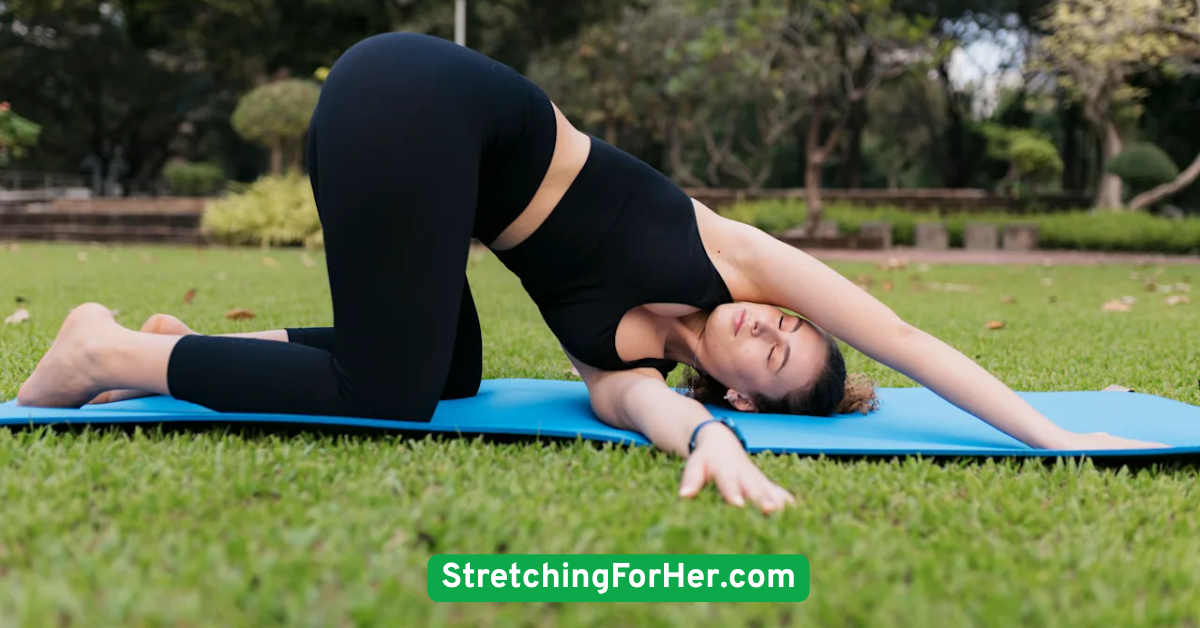
5. Low Lunge Stretch (Anjaneyasana)
Target the hip flexors and quads with this gentle yet effective lower-body opener.From a kneeling position, step one foot forward into a low lunge. Keep the back knee on the ground and gently shift your weight forward to feel the stretch in your hip and thigh.Low lunge is great for hip mobility, especially for those who sit frequently. Keep your spine tall and breathe into the stretch for 30 seconds on each side. For added support, use a folded towel or cushion under your back knee.
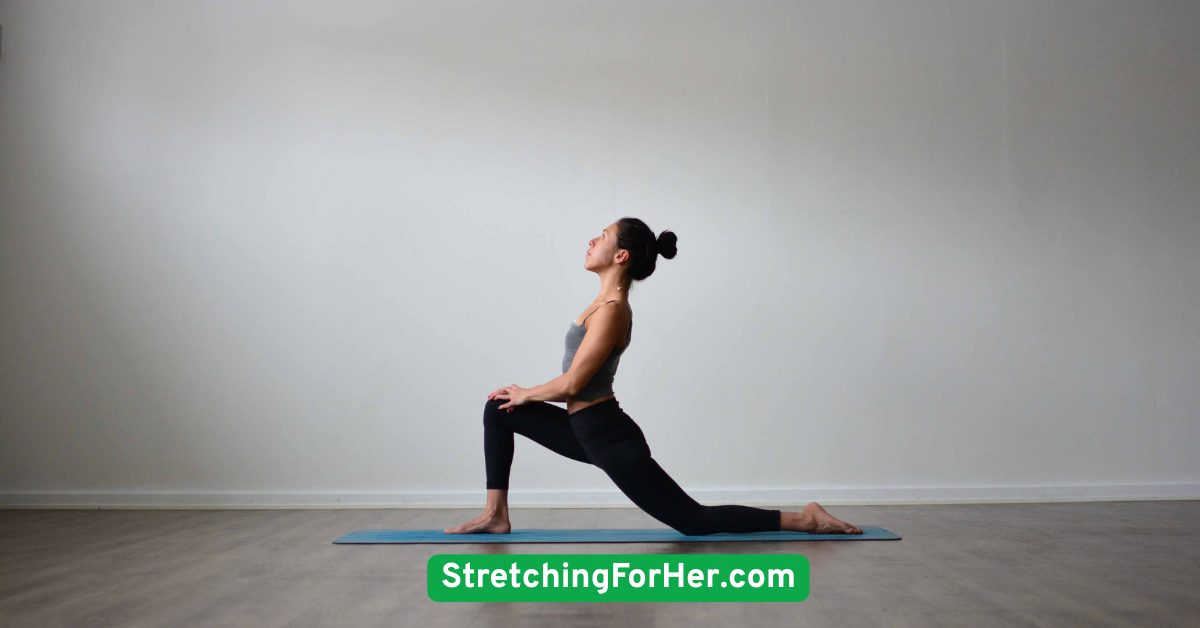
6. Sphinx Pose
This passive backbend strengthens and stretches the lower back while promoting a relaxed posture.Lie on your stomach and prop yourself up on your forearms, elbows under shoulders. Keep your legs extended behind you, and press gently into the mat.Sphinx pose encourages spinal extension without strain. It’s excellent for improving posture and releasing tension from prolonged sitting. Hold the pose for 1–2 minutes while focusing on soft, rhythmic breaths.
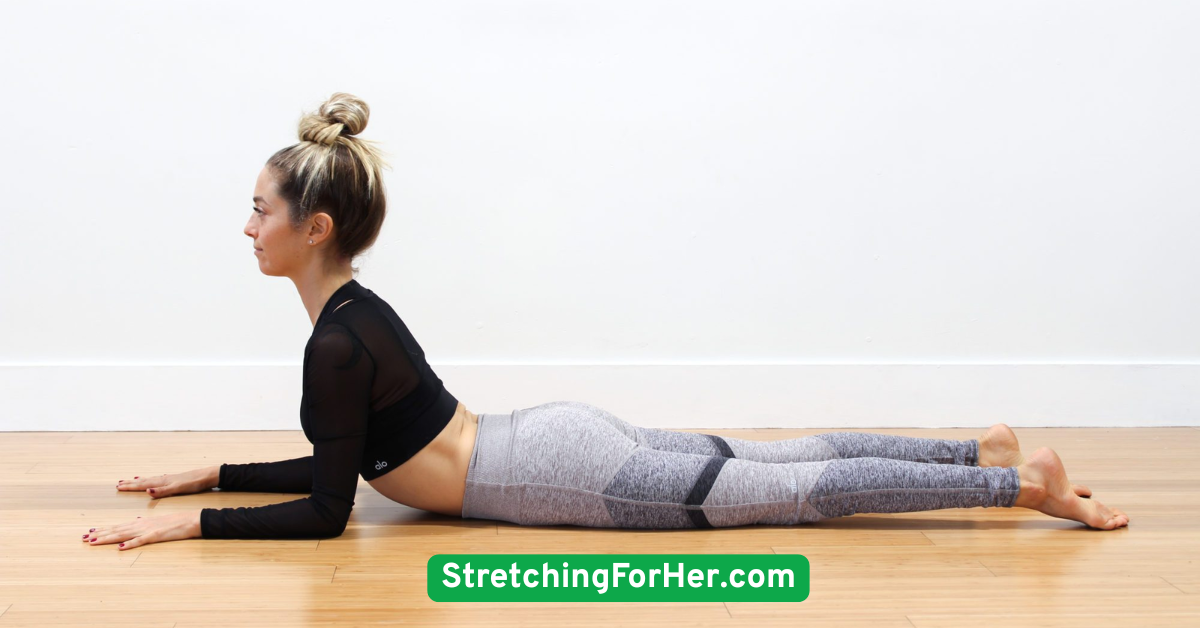
7. Child’s Pose with Side Stretch
A grounding and gentle stretch for the lower back, hips, and side body.Start in Child’s Pose with your knees wide, big toes touching, and arms extended forward. Walk your hands to one side to stretch through the opposite rib cage and lats. Repeat on the other side.This variation helps with breath expansion and upper body mobility. It’s especially useful during recovery days or as part of a bedtime routine.
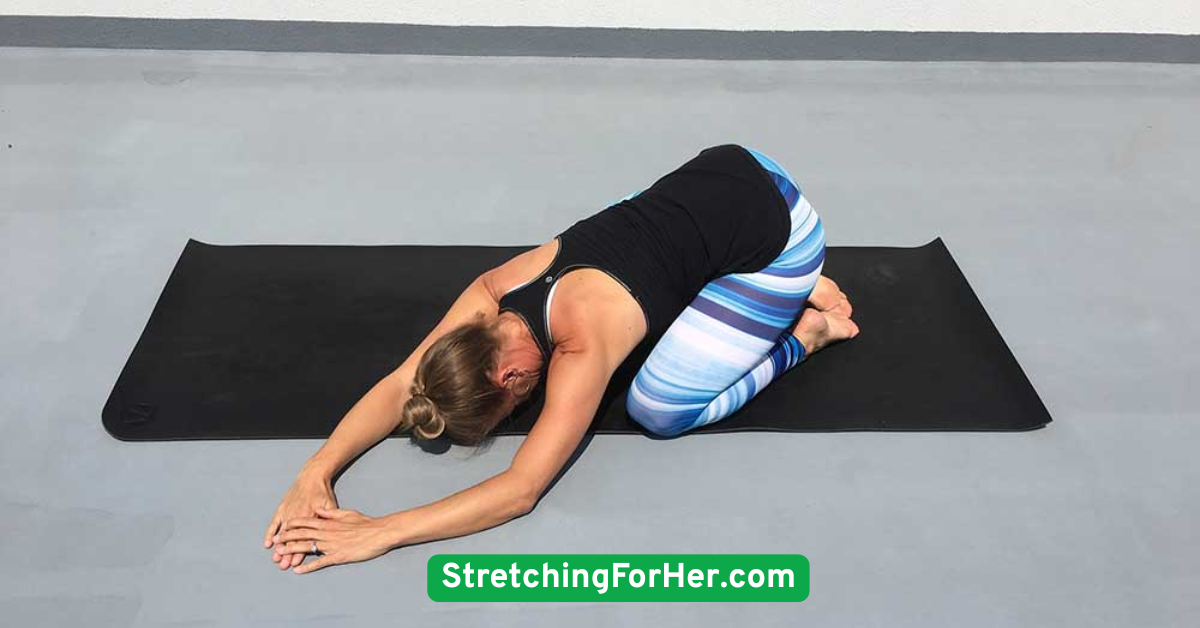
8. Cat-Cow Flow
A dynamic, breath-linked movement to increase spinal flexibility and reduce stiffness.Start in tabletop. Inhale as you arch your back and lift your tailbone and gaze (Cow). Exhale as you round your spine and tuck your chin (Cat). Repeat slowly for 1–2 minutes.This flow is gentle yet incredibly effective for the spine. It wakes up the body in the morning and eases tension before bed. Perfect for all levels, including beginners.
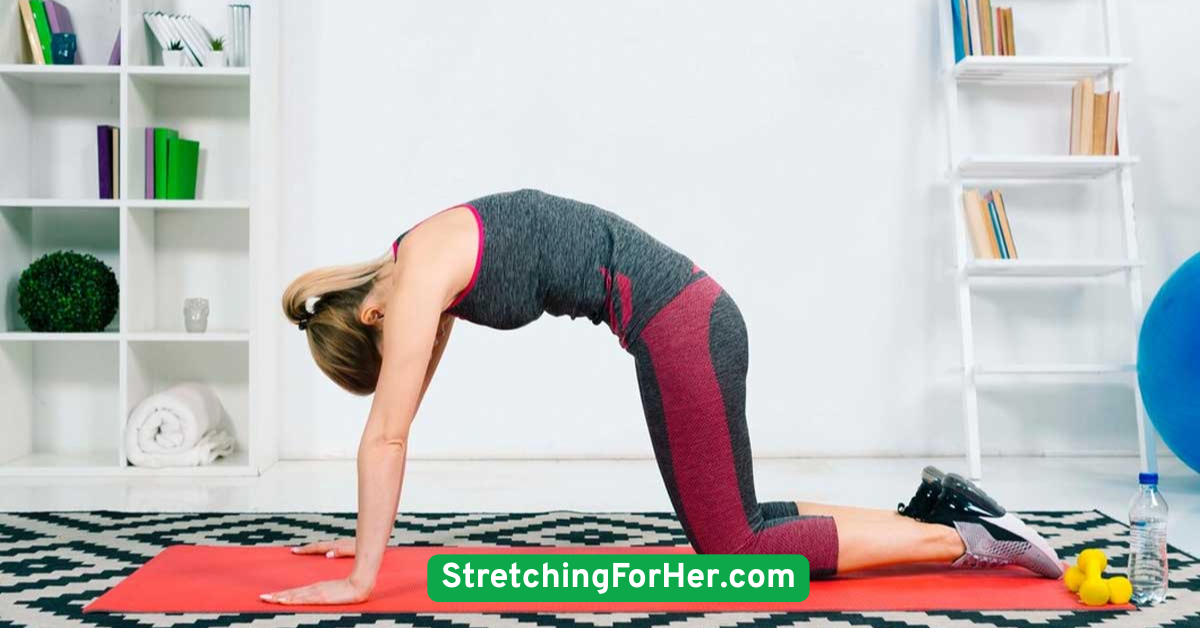
9. Standing Forward Fold
A calming inversion that releases tension from the hamstrings, back, and neck.Stand with feet hip-width apart. Inhale to lift your arms, then exhale and hinge at the hips, letting your upper body drape over your legs. Bend your knees slightly if needed.This pose soothes the nervous system, improves circulation, and offers a gentle stretch through the entire back chain. Hang out for 30–60 seconds, letting gravity do the work.
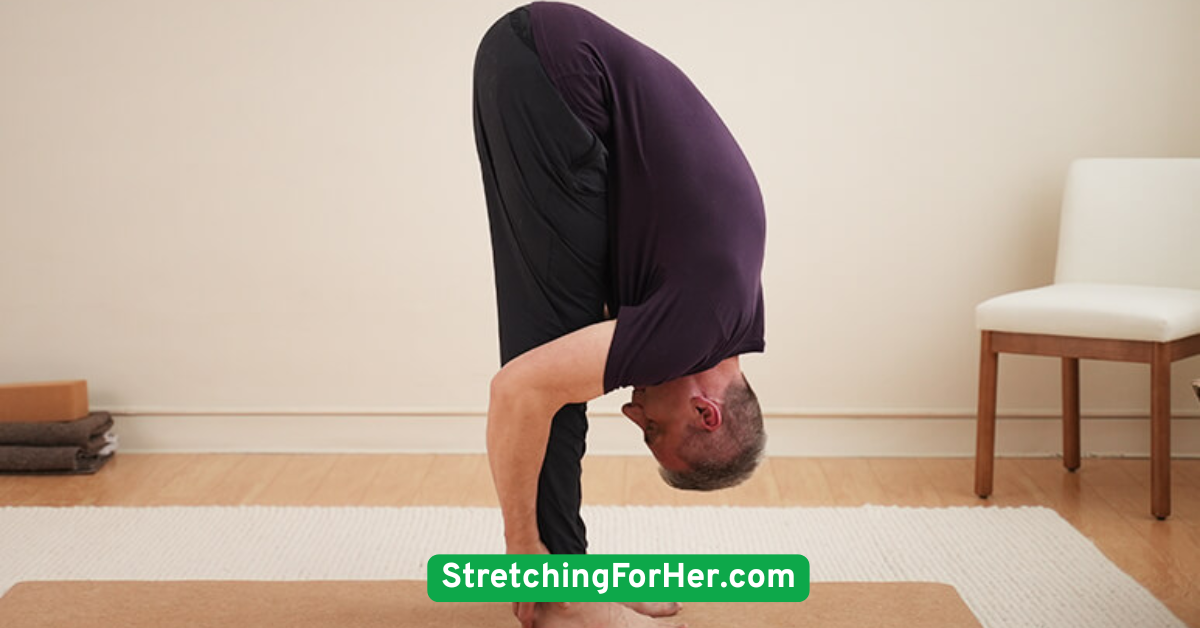
10. Legs Up the Wall Pose (Viparita Karani)
One of the most restorative poses, perfect for ending a long day.Lie on your back with your hips close to a wall and legs extended upward. Allow your arms to rest at your sides with palms facing up. Close your eyes and relax.This inversion improves blood flow, reduces swelling, and calms the nervous system. Hold for 5–10 minutes to enjoy its full benefits. It’s especially great after long periods of standing or traveling.
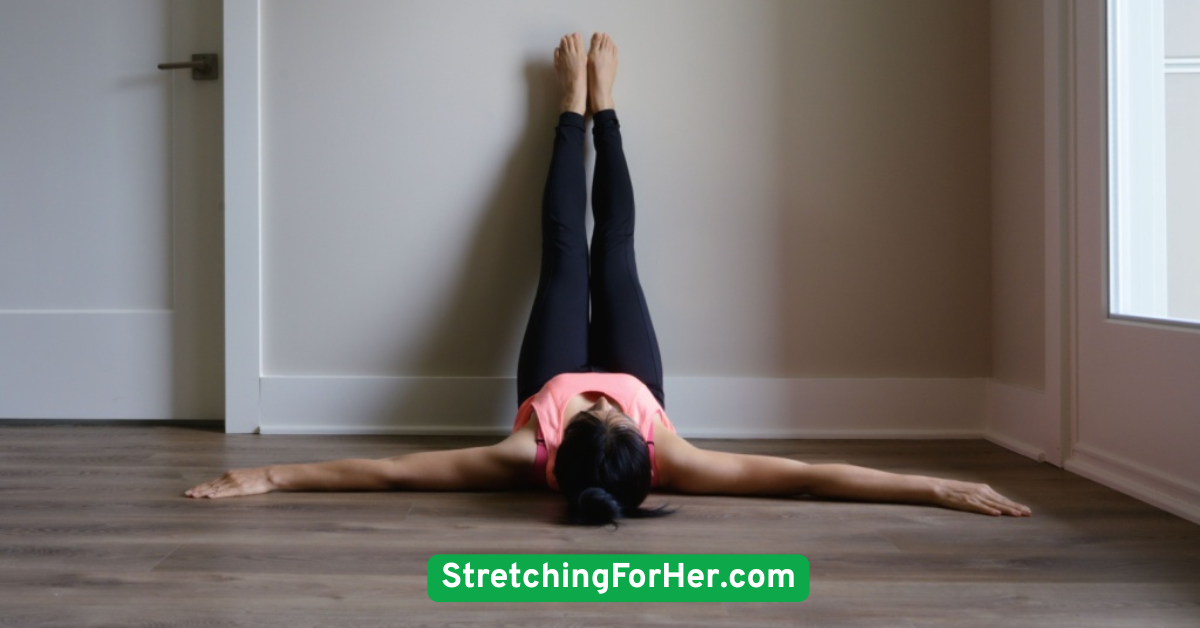
11. Butterfly Stretch
An effective hip and groin opener that supports pelvic health and lower body flexibility.Sit with the soles of your feet together, knees falling open. Hold your ankles and gently press your knees toward the floor.This stretch enhances range of motion and promotes blood flow in the pelvic region. Try doing it after workouts or when winding down. Hold for 30–60 seconds and breathe into the tight spots.
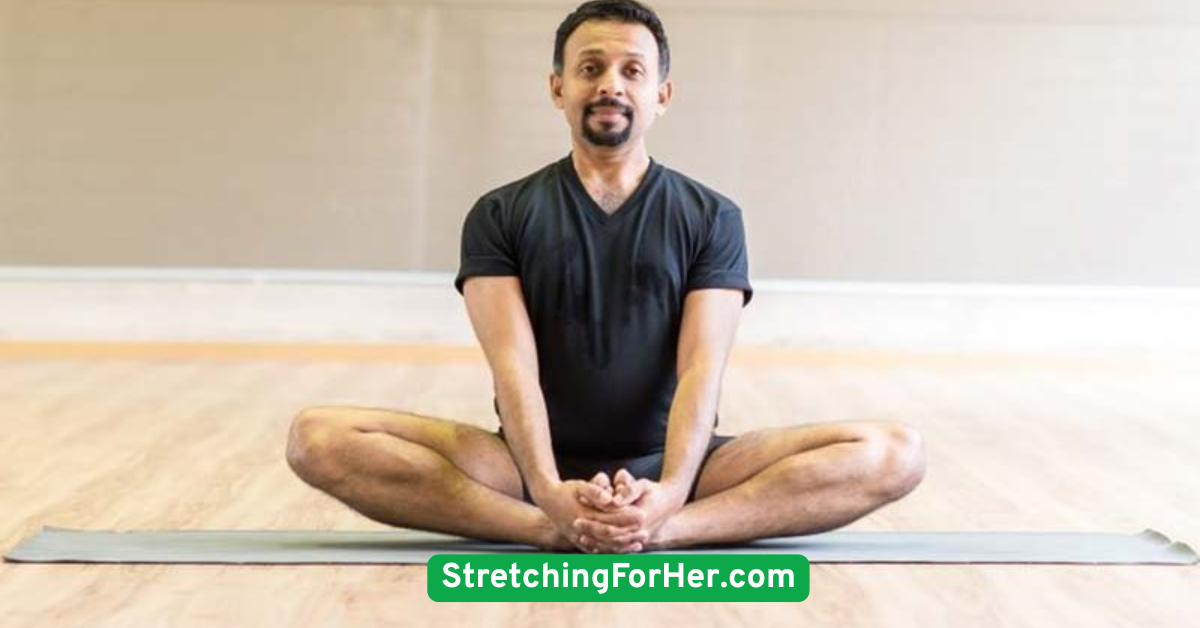
12. Neck and Shoulder Release
Perfect for tech-neck relief and reducing upper-body tension.Sit tall and drop your right ear to your right shoulder. Gently press the opposite shoulder down for a deeper stretch. Add slight forward/backward chin tilts for variation. Switch sides.This stretch helps release trapped tension and supports better alignment. Practice daily, especially if you’re glued to screens or holding stress in your shoulders.
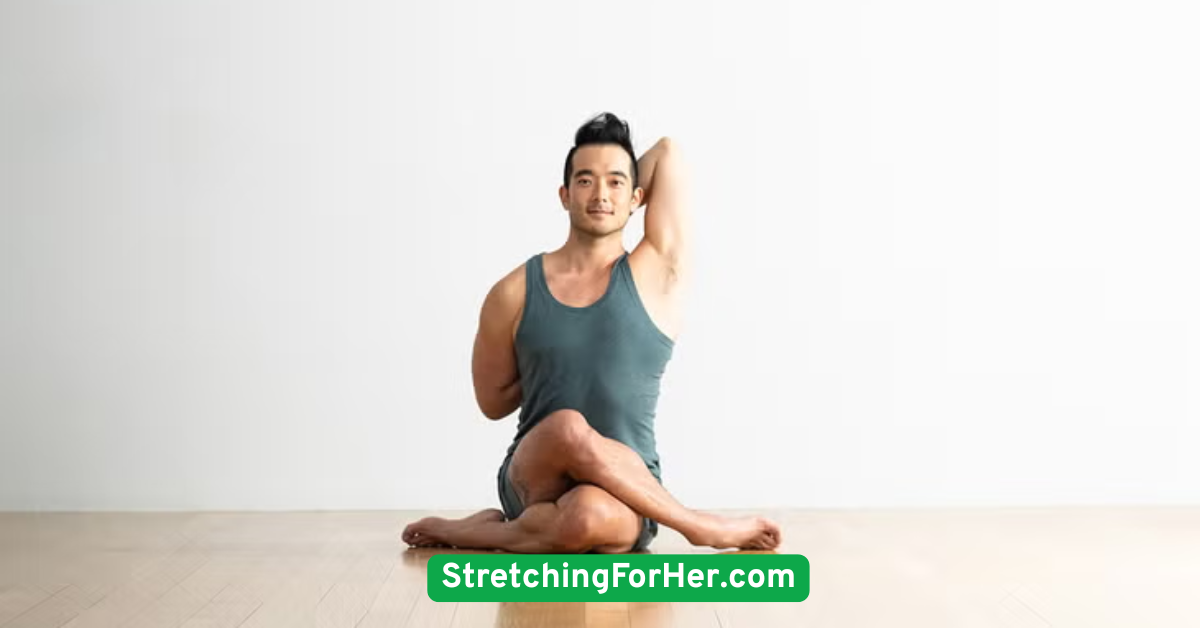
13. Figure-Four Glute Stretch (Lying Pigeon)
Great for tight hips and glutes, especially after long sitting sessions.Lie on your back and cross your right ankle over your left thigh. Reach behind the left thigh and gently pull it toward your chest. Switch sides.This pose opens the hips and provides relief from lower back discomfort. It’s a safer, more accessible version of the seated pigeon pose, suitable for all levels.
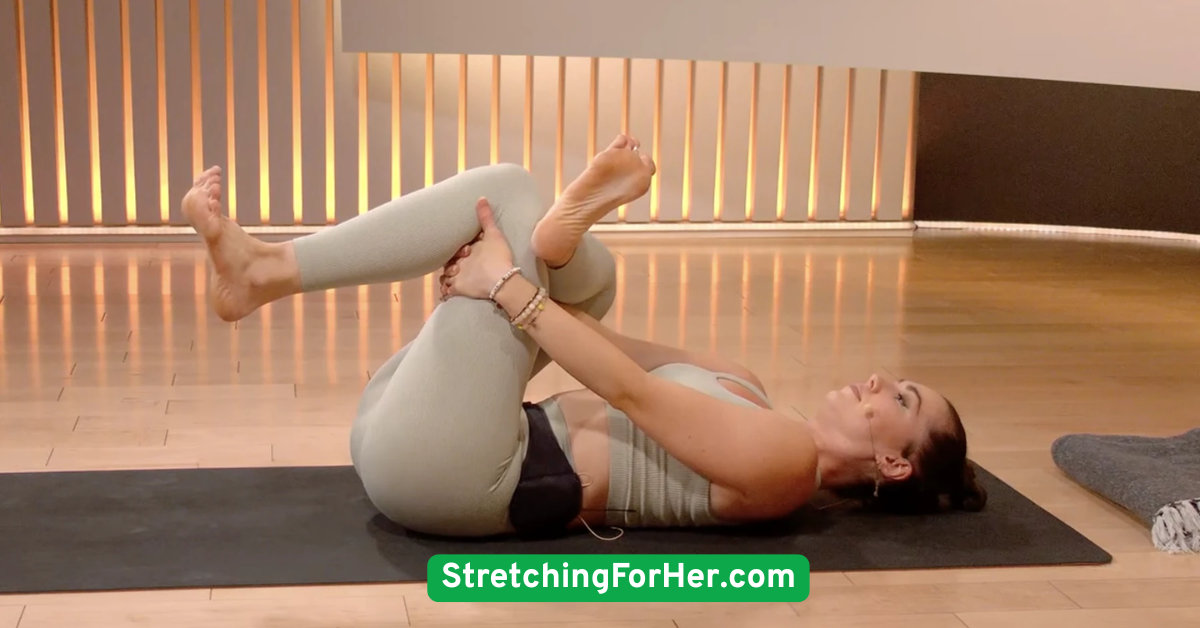
14. Wrist and Forearm Stretch Series
Ease tightness from typing, writing, or crafting with these gentle moves.Extend one arm forward with palm up. Use the opposite hand to gently pull back on your fingers, then repeat palm down. Hold each for 15–20 seconds per side.These stretches improve flexibility and help prevent repetitive strain injuries. Add them to your routine if you use your hands a lot throughout the day.
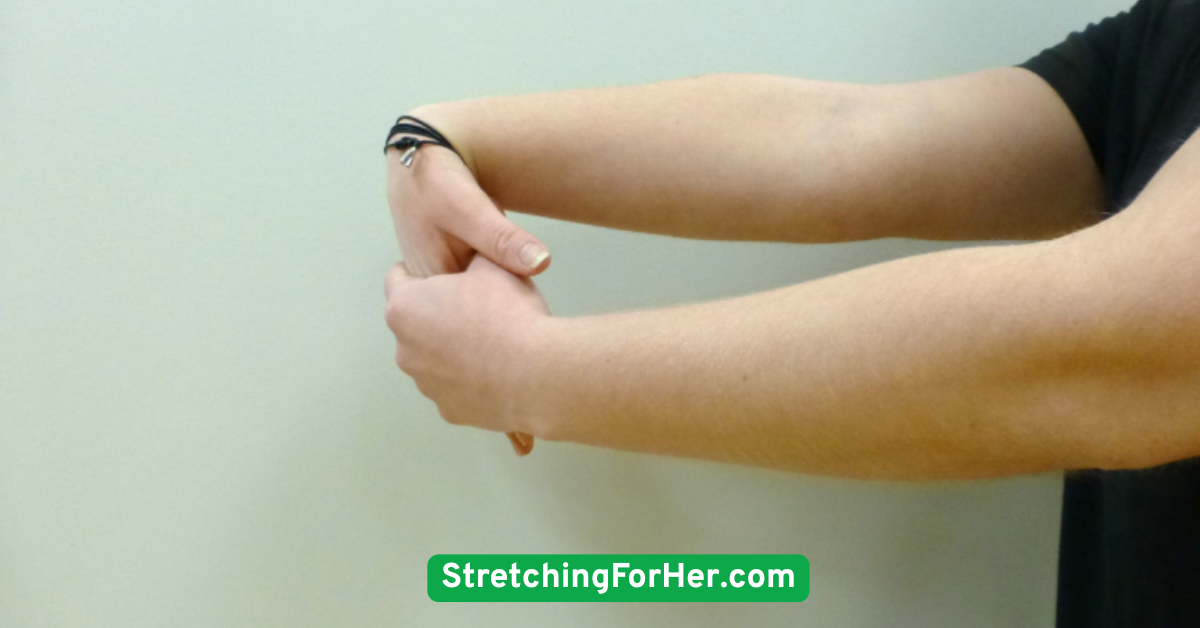
15. Happy Baby Pose (Ananda Balasana)
A fun, grounding pose that gently stretches the lower back, hips, and inner thighs.Lie on your back, bend your knees, and grab the outer edges of your feet. Keep your ankles over your knees and gently pull your feet toward your armpits.This pose relaxes the lower back and opens the hips. Rocking gently can massage the spine and help release deep tension. Breathe slowly and hold for 1–2 minutes.
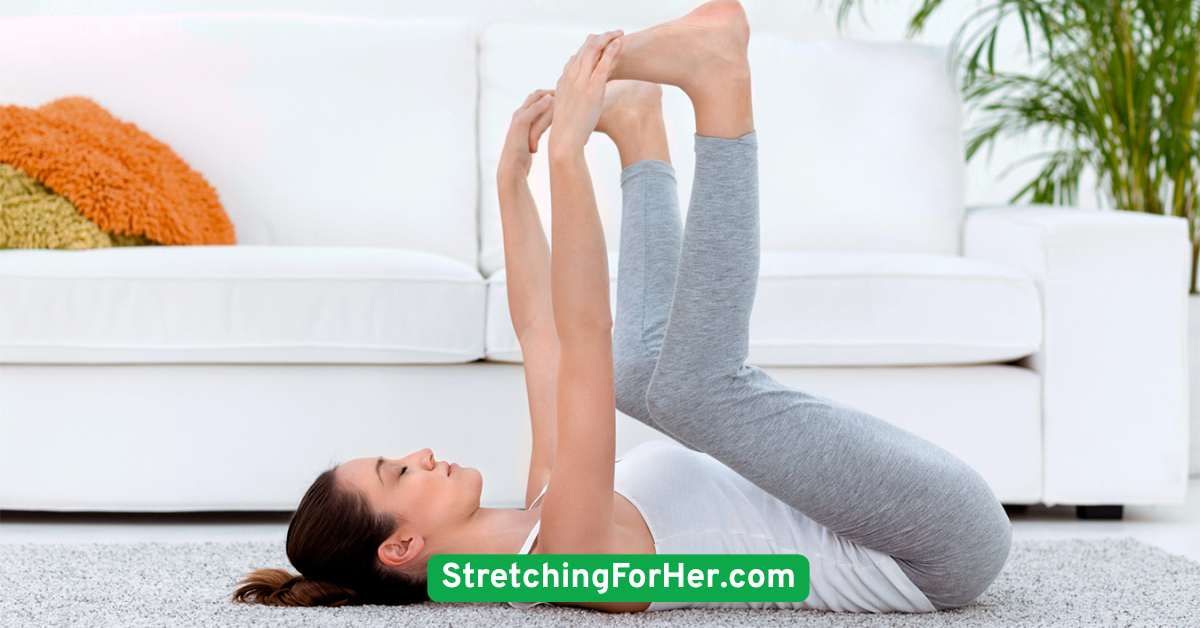
Conclusion
You don’t have to be ultra-flexible or super fit to benefit from restorative stretching. These 15 poses are gentle, effective, and accessible. Practicing them regularly can help you improve mobility, relieve daily tension, and reconnect with your body in a meaningful way.Start slow. Focus on your breath. Listen to your body. Flexibility is a journey—not a destination. Whether you use these stretches in the morning, before bed, or during a lunch break, your body (and mind) will thank you for the care.





